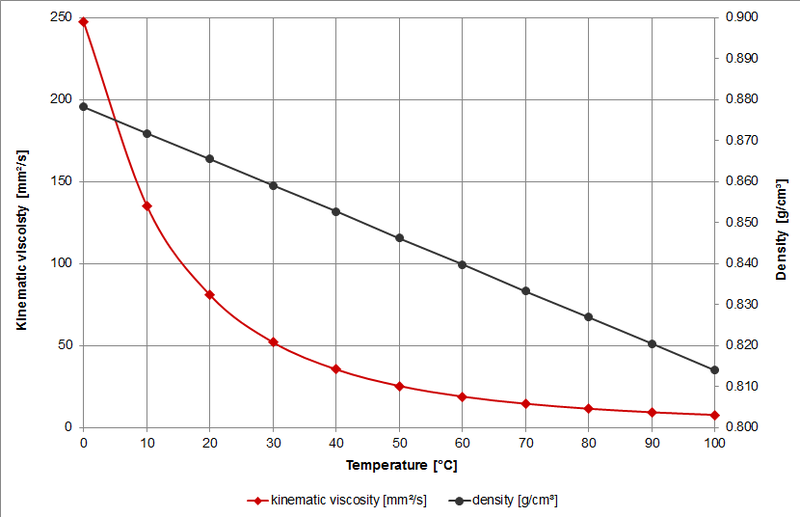The defrost setting on the car's climate control uses either the A/C or the same heating element that you use to heat the car. The rear window defroster uses a very negligible amount of juice
Remember, the RR number you get after a full recharge is mostly affected by what happened in the last 15 miles of driving immediately before you recharged - If you were using the climate controls during those 15 miles, your new RR number will be lower than it would be if you were using no climate control
Don
Remember, the RR number you get after a full recharge is mostly affected by what happened in the last 15 miles of driving immediately before you recharged - If you were using the climate controls during those 15 miles, your new RR number will be lower than it would be if you were using no climate control
Don



































